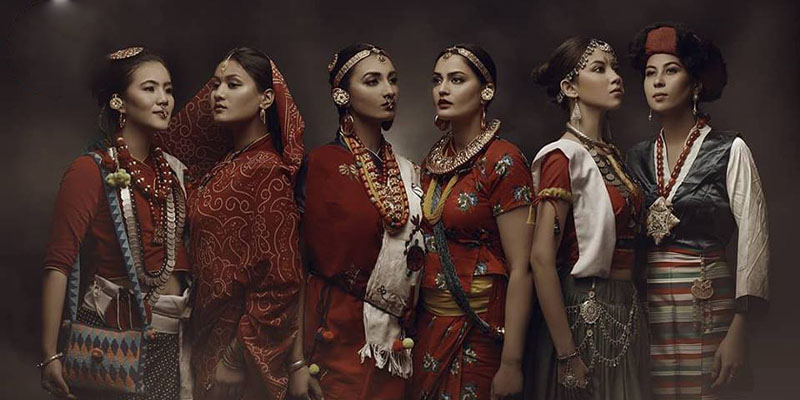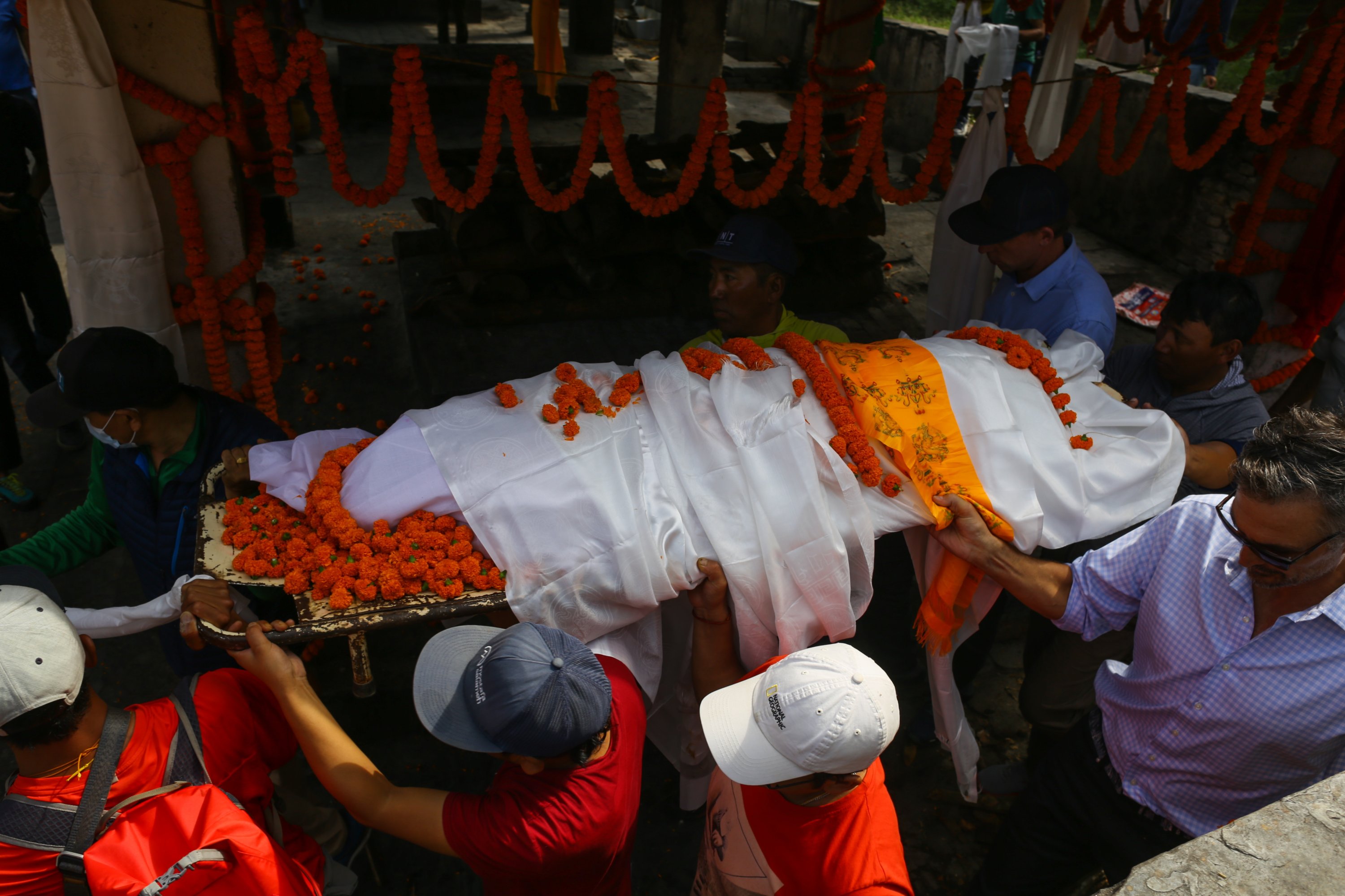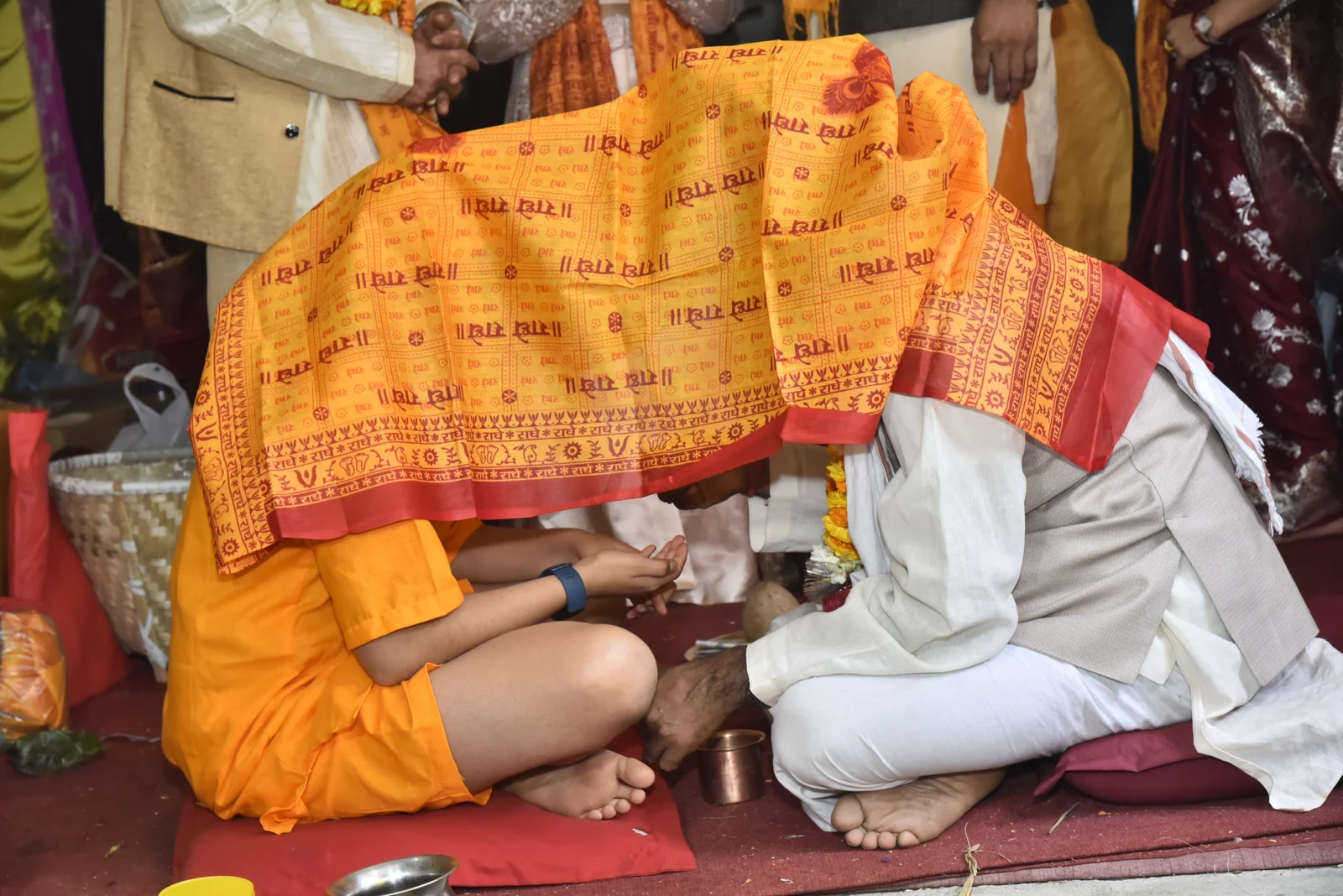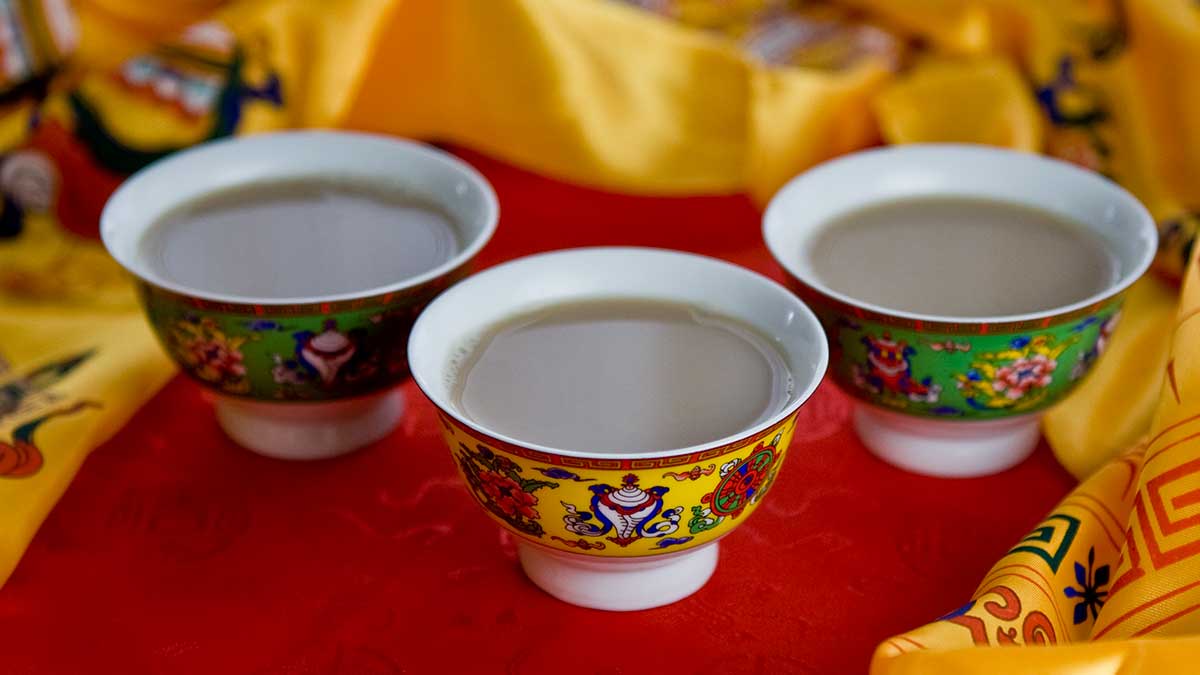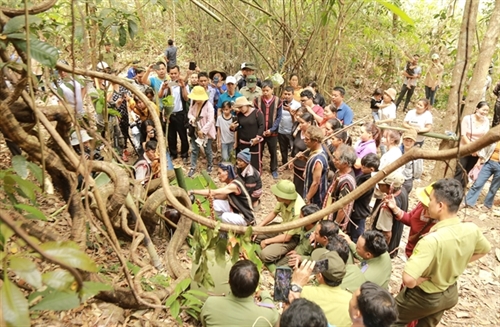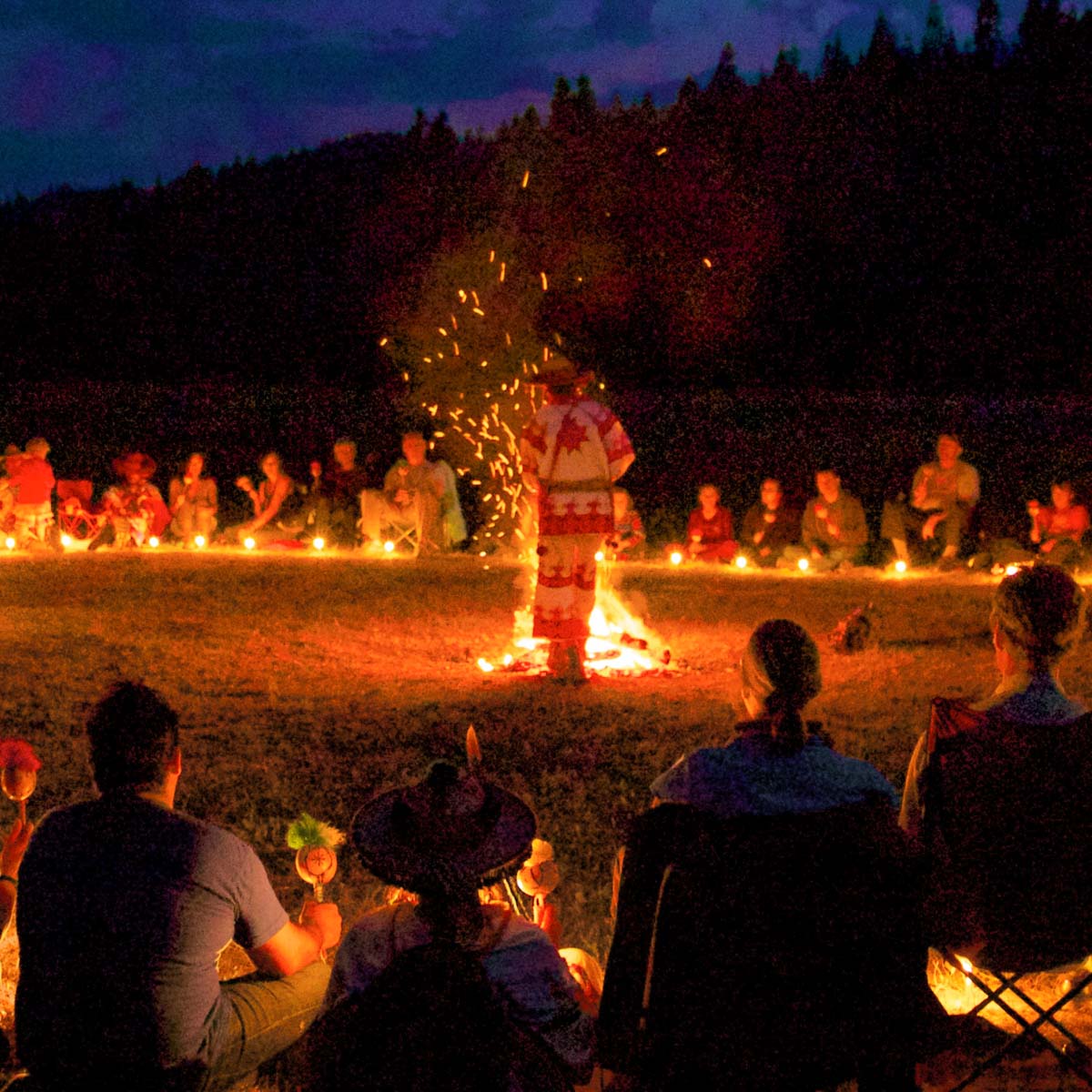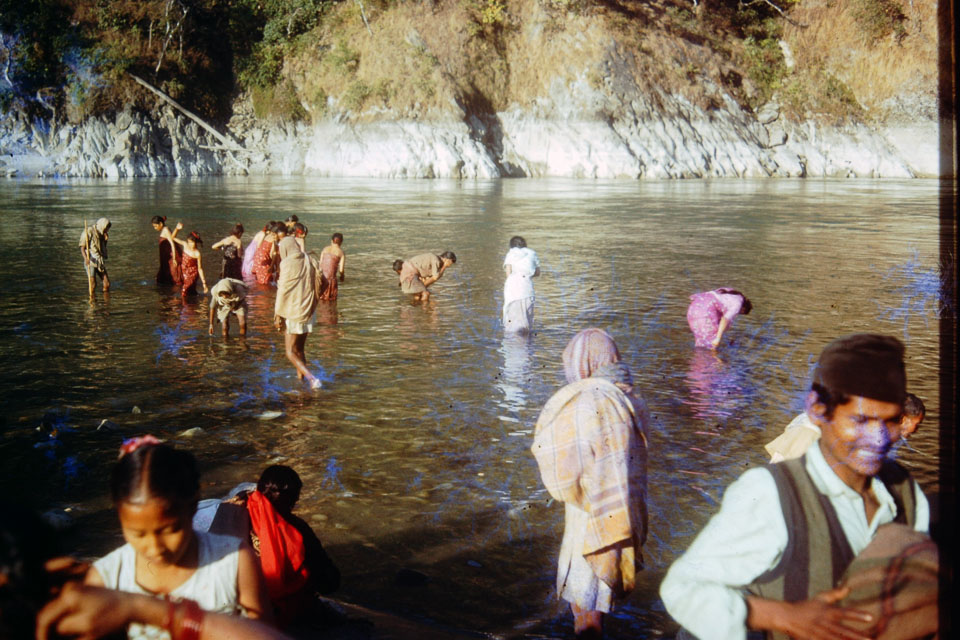Share this Article
The Dying Art of The Dying Art of Pauwa and Paubha Painting: Nepal’s Sacred Canvas on the Brink
In the quiet alleys of Patan and Bhaktapur, nestled behind ornate wooden windows and ancient temples, lies a fading tradition that once bridged the divine and the mortal: Paubha painting, also locally referred to as Pauwa. Rooted in the Newar Buddhist community of the Kathmandu Valley, Paubha is more than a form of art; it is a spiritual offering, a meditative practice, a historical document, and an aesthetic legacy all in one. Yet today, despite its immense cultural value and historical grandeur, this sacred art is steadily disappearing.
With the infiltration of mass-produced prints, digital art, and commercialized versions of Buddhist imagery, the meticulous, symbolic, and deeply meditative practice of Paubha is struggling to find its place in the contemporary world. As elder artists pass on and younger generations migrate to more lucrative professions, one of Nepal’s oldest artistic heritages finds itself on the edge of extinction.
Origins and Philosophical Foundations
Paubha painting, from the Sanskrit “pata bhavana” meaning “painting on cloth,” dates back at least a thousand years. It predates, and in fact directly influenced, the more widely recognized Tibetan Thangka paintings. Tibetan monks and artists who traveled to the Kathmandu Valley during the early medieval period learned this visual language from Newar artisans and adapted it to their own iconographic needs.
Unlike secular art forms, Paubha paintings were never meant for mere decoration. They were created as religious icons, to be consecrated in monasteries or used as personal aids for meditation and visualization. Every brushstroke and pigment in a Paubha painting is symbolic. The process of painting itself was considered a spiritual discipline, akin to prayer or mantra recitation. Artists adhered strictly to iconographic rules set down in tantric scriptures, ensuring that the deity or mandala was rendered with spiritual accuracy.
Paubhas often depicted Buddhist deities like Amitabha, Tara, Vajrapani, or entire mandalas of cosmological significance. Occasionally, Hindu deities such as Vishnu or Krishna were also painted in this tradition, demonstrating the syncretic religious culture of the Kathmandu Valley.
The Technique and Symbolism
Creating a Paubha painting is a painstaking process, often taking several months to complete a single piece. The canvas is typically prepared from fine cotton, which is then coated with a mixture of animal glue and white clay. This surface is polished smooth using a conch shell, creating a luminous base ideal for layering pigments.
Colors are derived from natural minerals and organic materials. For instance, lapis lazuli is used for deep blues, cinnabar for reds, and gold leaf for accents and highlights. The use of gold, in particular, is both aesthetic and symbolic — representing the sacred light and radiance of the divine figures.
Outlines are drawn with charcoal and then inked with a brush made from animal hair. Figures must conform to precise measurements and proportions based on ancient iconographic texts. Even a millimeter of deviation could render the image spiritually incorrect.
The final step, known as “netra anusandhana” or “opening the eyes,” is the most sacred. The artist paints the eyes of the deity in a ritualistic manner, symbolically breathing life into the image. This act is often performed in a state of spiritual purity, sometimes after ritual fasting or prayer.
Cultural and Historical Significance
Paubha paintings are not just religious icons; they are historical records of Nepal’s spiritual, artistic, and cultural evolution. Many ancient paubhas include inscriptions detailing the names of patrons, artists, and the occasion for which the painting was commissioned. These details have proven invaluable for historians tracing the lineages of Newar painters, religious shifts, and regional styles.
For centuries, paubha artists belonged to specific hereditary castes, most notably the Chitrakars of the Newar community. These families preserved artistic techniques and iconographic knowledge through oral tradition and apprenticeship. A young artist would often start as an assistant, grinding pigments or outlining backgrounds, before progressing to painting deities or sacred symbols.
The art also played a crucial role in festivals and rituals. During religious events like Gunla, paubhas were unrolled and displayed in monastery courtyards, often accompanied by ritual music and chants. The viewing of a paubha was considered a merit-earning act — a visual pilgrimage that could substitute for a journey to a faraway shrine.
Decline and Disappearance
Despite its deep roots and sacred function, the tradition of paubha painting is rapidly vanishing. Several converging factors have contributed to this decline:
- Commercialization and Reproduction: The rise of mass-produced thangkas — often factory-made in China or India — has flooded the market with cheap imitations. These prints, though visually similar, lack the ritual accuracy, symbolic depth, and spiritual intention of a true paubha. Tourists and even some local buyers often opt for these affordable versions, bypassing traditional artists.
- Loss of Patronage: In earlier centuries, paubha paintings were commissioned by wealthy families or religious institutions. With modernization, such patronage has dried up. Temples and monasteries now rarely commission new works, relying instead on existing collections or inexpensive prints.
- Generational Gap: Many young Newars are choosing professions in IT, hospitality, or overseas labor over traditional art. The rigorous training and modest financial returns of paubha painting are seen as impractical in a fast-paced economy.
- Urbanization: Rapid development in Kathmandu Valley has displaced many traditional neighborhoods. Studios and workshop spaces are shrinking. As ancient cities modernize, the environment that once nurtured paubha art is eroding.
- Lack of Institutional Support: While some art schools teach painting techniques, few incorporate the iconographic, ritualistic, and philosophical dimensions of paubha art. There is also limited governmental or academic investment in preserving and promoting this heritage.
Revival Efforts and Contemporary Adaptations
In recent years, a handful of artists and institutions have taken it upon themselves to revive the paubha tradition. Artists like Lok Chitrakar have become prominent ambassadors of this sacred art, mentoring younger painters and advocating for its preservation.
Chitrakar established Simrik Atelier, a studio dedicated to traditional paubha painting, where apprentices are trained not only in technique but also in the spiritual and iconographic knowledge essential to the craft. His works have been displayed internationally, bringing global attention to Nepal’s sacred art.
Some contemporary artists are blending tradition with innovation. They incorporate paubha styles into modern compositions or use non-traditional themes while maintaining classical techniques. For instance, depictions of modern life, female empowerment, or environmental concerns rendered in paubha format offer a compelling fusion of past and present.
Cultural organizations and museums, such as the Taragaon Museum and Museum of Nepali Art (MoNA), have hosted exhibitions that spotlight paubha painters. Meanwhile, digital platforms have allowed artists to showcase their work globally, connecting with a new generation of patrons and admirers.
However, revival efforts face many challenges. Authentic paubha paintings require time, spiritual discipline, and often financial sacrifice. Sustaining this art demands more than admiration — it requires material support, patronage, and systemic recognition.
The Need for Documentation and Preservation
Preserving paubha art also means preserving the knowledge embedded in it. This includes:
- Iconographic manuals that detail proportions and symbolism.
- Oral histories of Chitrakar families and their lineages.
- Techniques for natural pigment preparation, which are rarely written down.
- Ritual practices, like netra anusandhana, that lend the painting spiritual legitimacy.
Research institutions and universities could play a vital role in documenting these aspects. Creating archives, publishing bilingual guides, and recording interviews with master painters can ensure that this tradition is not lost to time.
Why Paubha Matters Today
In an age dominated by digital visuals, fast-paced consumerism, and image saturation, paubha art offers a counter-narrative — one of patience, devotion, and sacred aesthetics. Each painting is a portal into a worldview that sees the divine in proportion, order, and beauty.
Moreover, paubha painting is part of Nepal’s intangible cultural heritage. Its disappearance would not just be the loss of an art form, but the erasure of a language — a visual and spiritual language that once defined a civilization’s way of seeing the world.
As global interest in mindful living, traditional craftsmanship, and cultural authenticity grows, paubha has the potential to find new relevance. But this can only happen if Nepal itself reclaims and protects it.
Conclusion
The dying art of paubha painting is a silent crisis unfolding in the heart of Kathmandu Valley. What was once the sacred visual language of devotion and meditation now faces the risk of being relegated to history books and museum vitrines.
And yet, hope is not lost. In the studios of master painters, the classrooms of apprentices, and the homes of patrons who still believe in the sacred, paubha breathes. With thoughtful preservation, creative adaptation, and cultural pride, this thousand-year-old art can once again flourish — not as a relic, but as a living tradition.
To save paubha is not just to save paintings. It is to preserve Nepal’s soul, rendered in color, devotion, and divine form.
and Paubha Painting
Categories:
Culture & Traditions
Tags:
Nepali Style
,
NepalTourism
,
CulturalIdentity

